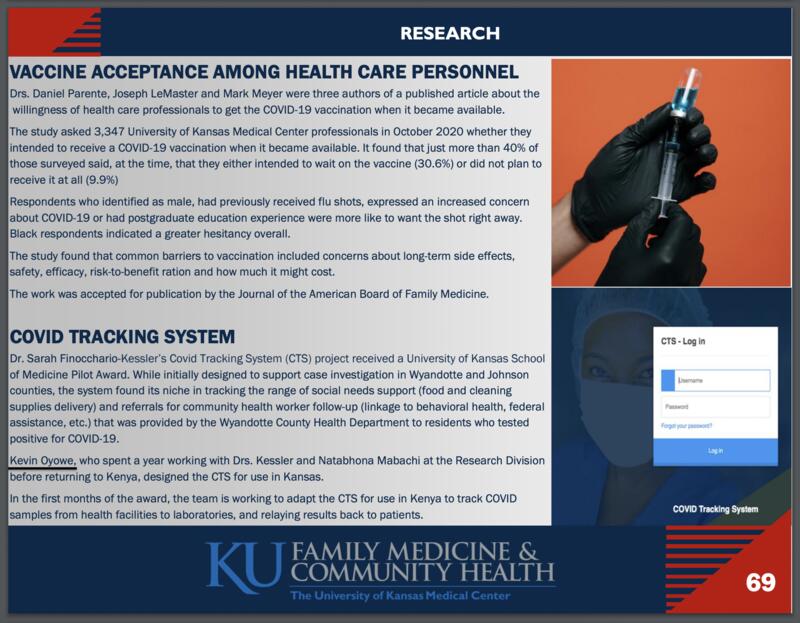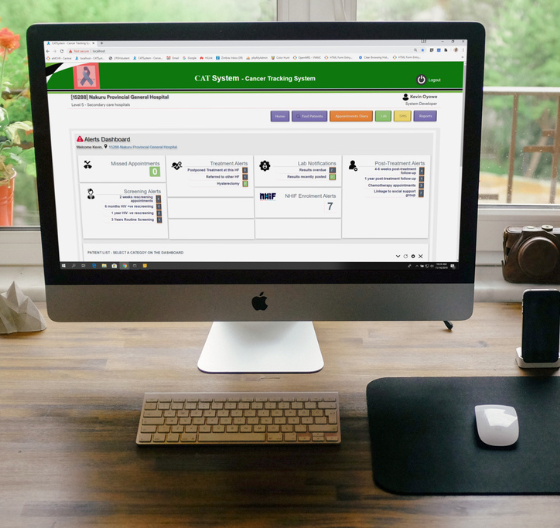CTS
CTS (Covid Tracking System)
– How the CTS is Supporting COVID-19 Response and Recovery in Kansas –
COVID-19 is a global pandemic that has affected millions of people and disrupted many aspects of life. In the United States, different states have adopted different strategies to contain the spread of the virus and mitigate its impact on health, economy, and society.
One of the key strategies to control COVID-19 is contact tracing, which is the process of identifying and notifying people who have been exposed to someone who tested positive for COVID-19. Contact tracing helps to break the chain of transmission, prevent new infections, and provide support and guidance to those who are at risk.
However, contact tracing can be challenging and resource-intensive, especially when there are many cases and contacts to follow up. Moreover, contact tracing requires trust and cooperation from the public, who may have concerns about privacy and confidentiality.
To address these challenges, Global Health Innovations (GHI), a non-profit organization that utilizes existing technology and scalable processes to implement new and existing treatments for HIV/AIDS and other diseases, developed an eHealth tool – the COVID Tracking System (CTS).
The CTS is a web-based platform that is currently used by the Unified Government of Wyandotte County Public Health Department in Kansas to document Social Needs Investigations among the Wyandotte county community. The CTS allows health workers to collect, store, and analyze data on COVID-19 cases and contacts, as well as their social needs, such as food, housing, transportation, mental health, and legal services.
The CTS also generates automated reminders and alerts for health workers and contacts to ensure timely testing, isolation, quarantine, and follow-up. The CTS also provides real-time data visualization and reporting tools for managers and stakeholders to monitor and evaluate the performance and impact of their COVID-19 response.
The CTS was piloted in Wyandotte county in 2020. The pilot study showed promising results in improving the efficiency and effectiveness of COVID-19 contact tracing and social needs assessment. The study also demonstrated the feasibility and acceptability of the CTS among health workers and contacts.
The CTS is not only a useful tool for COVID-19 response, but also a scalable and adaptable one. The system can be customized to suit different settings and needs, such as rural or urban areas, different languages or cultures, or different types of diseases. The system can also be integrated with other eHealth platforms, such as the HITSystem or the CATSystem, GHI’s flagship programs that support HIV services for pregnant women and infants, and cancer research data management.
The CTS is a testament to GHI’s vision to create a healthier world by leveraging technology to enhance health systems and empower communities in low-resource settings. It is also a proof of concept that eHealth can be used to improve the prevention, diagnosis, treatment, and surveillance of COVID-19 and other diseases.
GHI’s work is made possible by the collaboration and support of various partners, such as the Unified Government of Wyandotte County Public Health Department, CDC, USAID, UNICEF, I-TECH, University of Kansas Medical Center, University of Missouri-Kansas City School of Medicine, among others.
If you want to learn more about our work or support our cause, you can contact us or follow us on social media. You can also donate to our programs or join our team of dedicated and experienced healthcare workers.
Together, we can make a difference in improving the health and well-being of people and communities affected by COVID-19 and other diseases.




